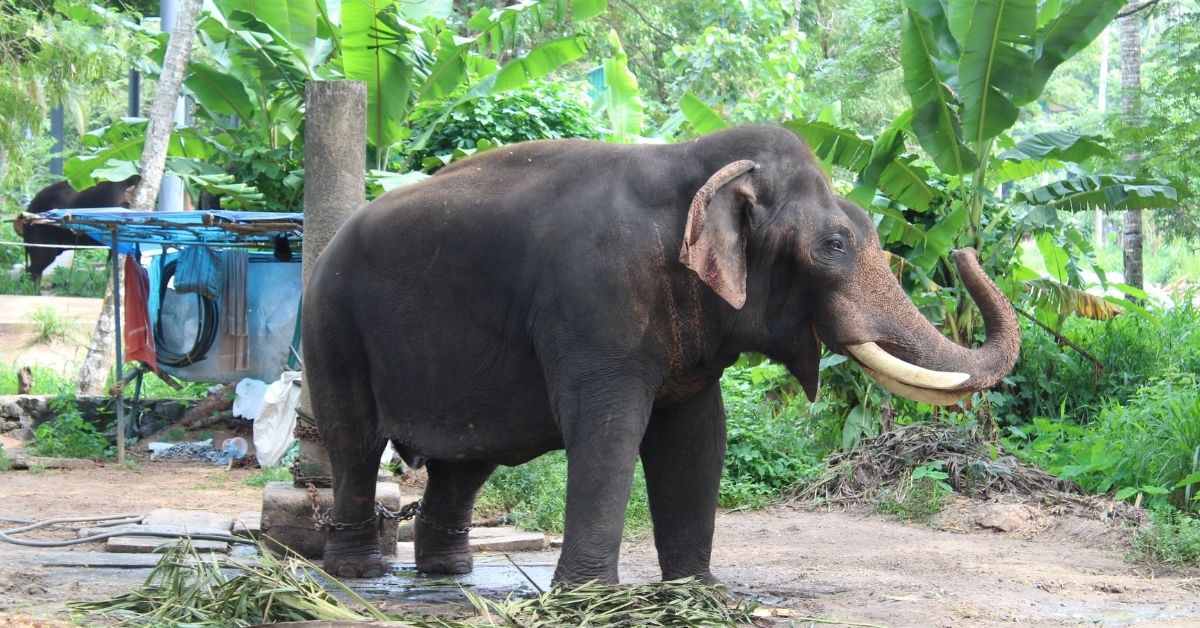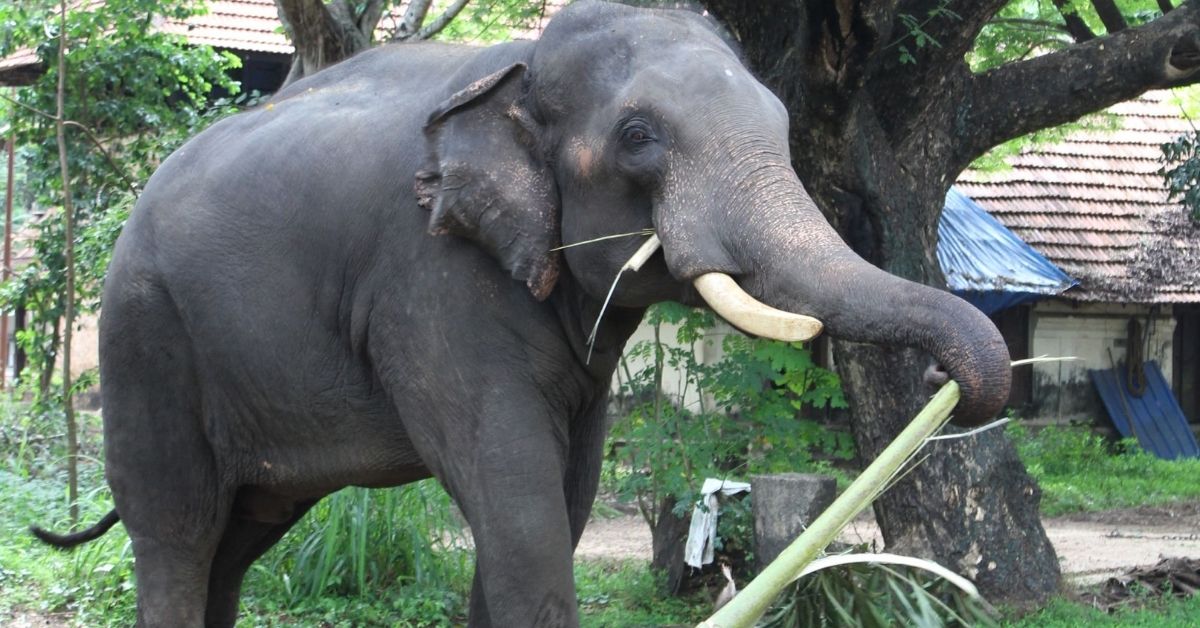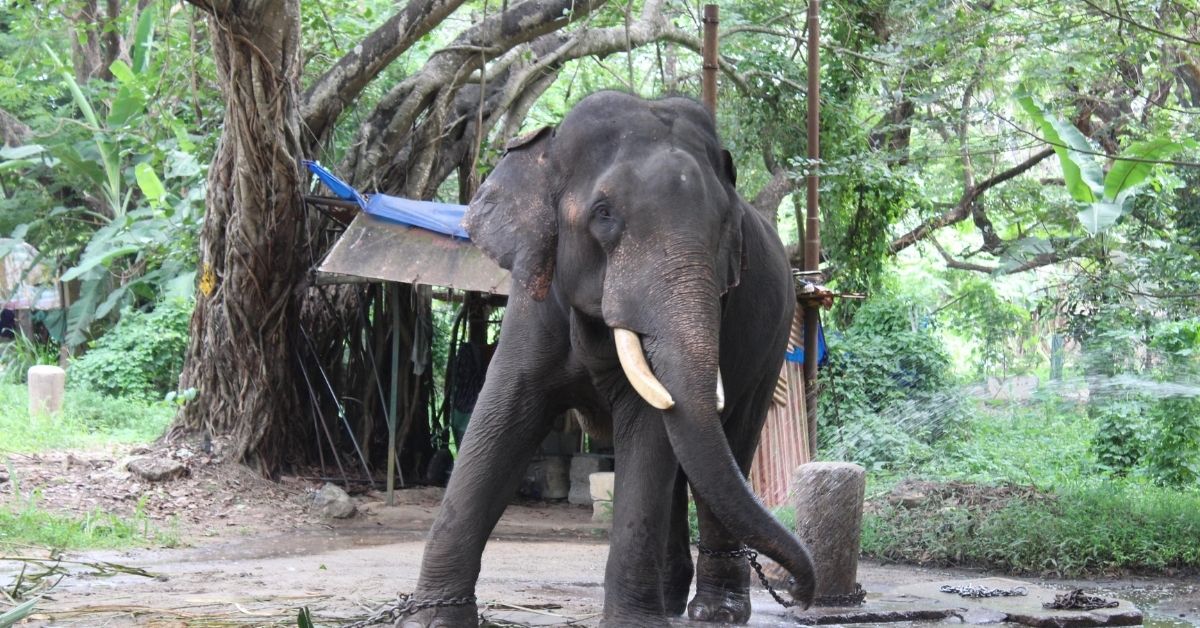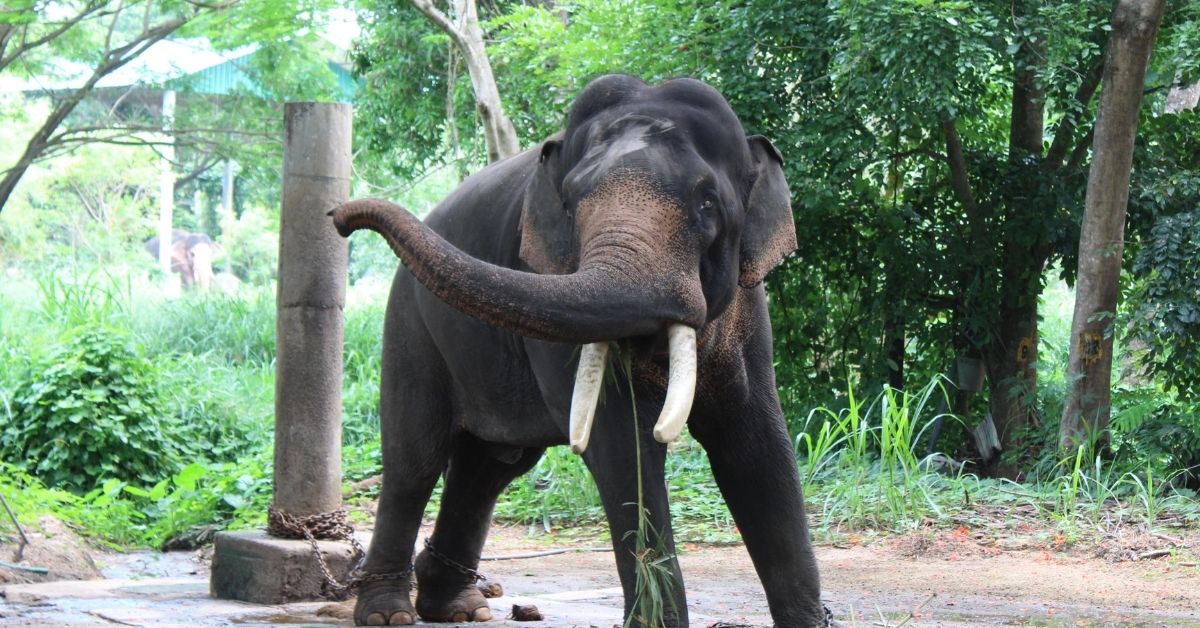Elephants in Kerala, are one of three recognized subspecies of the Asian elephant. Since 1986, Asian elephants have been listed as endangered species by IUCN since the population has declined by at least 50% over the last three generations, estimated to be 25,600 to 32,750 in the world. Along with the large population of wild elephants, Kerala is home to more than seven hundred domesticated elephants. Most of them are owned by temples and individuals and used for religious ceremonies.
The Elephants in Kerala are often referred to as “sons of the Sahya” (poem “Sahyante Makan” by Vyloppalli Sreedhara Menon). The Elephant is featured on the emblem of the Government of Kerala State, taken from the Royal Arms of both Travancore and Cochin.




Punnathur Kotta – A Bit About its History
Punnathur Kotta is a fort and former palace located in Kottapadi, located about 3km from the Guruvayur Sree Krishna Temple, in Thrissur District of Kerala. Punnathur Kotta was once the palace of a local ruler, now the palace grounds are used to take care and train the Elephants belonging to the Guruvayur temple and have been renamed Anakkotta (Elephant Fort). The Elephants at Anakkotta are ritual offerings made by the devotees of Lord Guruvayurappa.
Elephants at Anakkotta are trained to serve Lord Krishna as well as to participate in many festivals that occur throughout the year. The oldest elephant is around 82 years of age ‘Ramachandran’, rituals like Gajapooja (Worshiping Elephants) and Anayoottu (Feeding Elephants) are observed here, as an offering to Lord Ganesha. The legendary Elephant of all time “Guruvayur Keshavan” was housed here. Punnathur Kotta consists ‘Naalu Kettu’ – traditional home with a central courtyard, which belonged to Punnathur Raja.
On June 29, 1975, 20 Elephants led by the legendary Guruvayu Keshavan arrived at Punnathur Kotta as a procession and made the place their home. At that time there were 26 Elephants in total at the shelter. Another well-known tusker, Padmanabhan was not allowed to take part in the procession as it was in musth (period of aggressive behavior). Among the Elephants that were the first residents, only Radhakrishnan, Devi, Nandini, and Thara still reside now.
It presently houses a training school for Papans (Mahout). Punnathur Kotta also contains a temple dedicated to Lord Shiva and Bhagavathy, some famous scenes of the Malayalam movie “Oru Vadakan Veeragatha” (starring Mammooty) were filmed at this location. Visiting hours of Punnathur Kotta is 9:00 AM to 5:00 PM, most of the devotees visit Guruvayur temple and visit Punnathur Kotta as the distance between both is just 3km.
With around 12 acres of land, the place is home to more than 55 Elephants making it the largest number of captive Elephants, and during July Elephants are given special Ayurvedic treatment.
Debate & Solution Regarding The Welfare of Elephants at Punnathur Kotta
Though the tradition of using Elephants at religious ceremonies is unique and well presented, there could be better ways to train and treat the Elephants at Punnathur Kotta. They can be chained during visiting hours and then kept in a surrounding where they might not run or harm people or cause damage to the environment. The practice can also help increase the population of these endangered species with proper care and investments made at temples.
Breeding programs would play an important role in Elephant conservation by increasing species’ genetic variability (gene pools). If a species’ gene pool (potential number of unrelated breeding opportunities) is diverse, the Elephant population becomes more stable and healthier. This helps in preserving the population through periods of intense selection and is less likely to become extinct. Though there are certain sociological and environmental challenges, Adult males in musth (reproductively active) are characterized by having more unpredictable behavior. And combined with their size, it can be difficult to manage to breed. Moreover, potentially mating pairs are sometimes sociologically incompatible or there is difficulty in moving one or the other to the same facility. Therefore, assisted reproduction can help in reducing the complexions involved in Elephant breeding.
There are scenarios when Papans’ (Mahouts’) treat Elephants undeservingly, the tortures that Elephants face can be reduced if they are continuously monitored by a team who may also set up cameras where they are trained and kept.
Solutions are many, and if we happen to change the culture; it may cause an unnecessary change in how religions celebrate their festivals. With the right organization and the right amount of funding, could bring the right change in the population of Elephants in India, creating opportunities for employment and saving the habitat.










